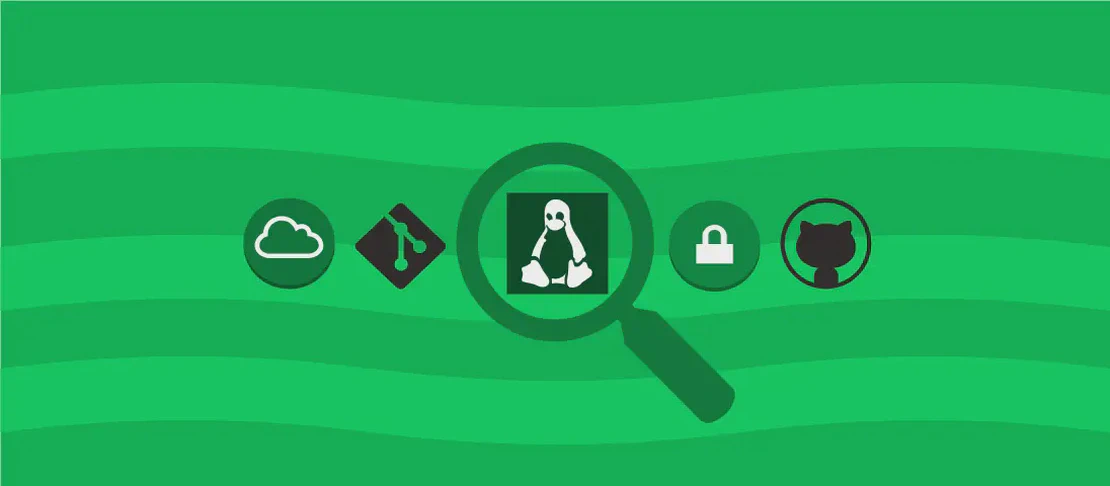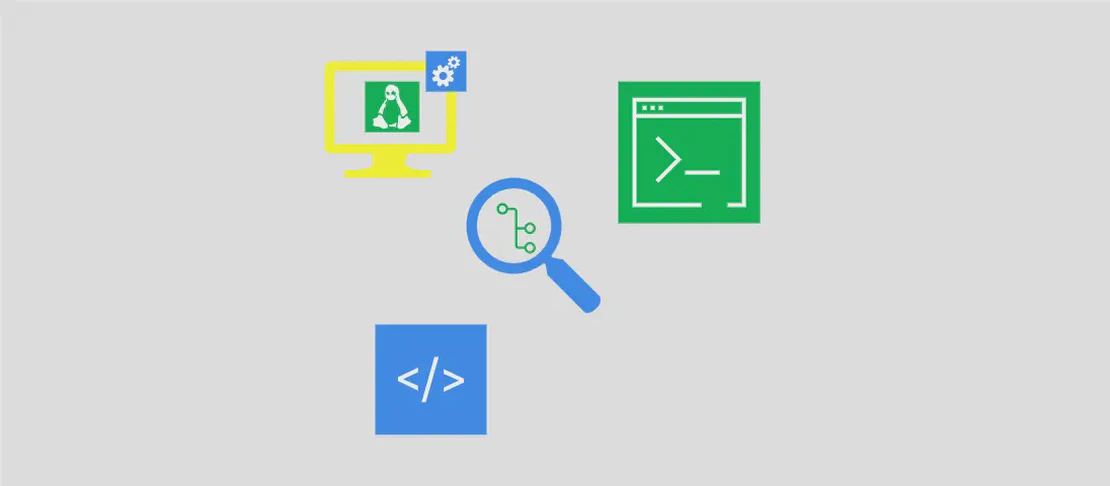
Managing Configuration Files with the `rpmconf` Command (with examples)
- Linux
- December 17, 2024
The rpmconf command is a versatile tool designed to manage configuration files such as RPMNEW, RPMSAVE, and RPMORIG that are left over after package upgrades in RPM-based Linux distributions. These files are usually created when a package installation or upgrade attempts to overwrite an existing configuration file, prompting the system to rename the new file to .rpmnew or the original to .rpmsave. rpmconf provides an interactive way to handle these files, ensuring your system configurations are consistent and up to date.
Understanding how to effectively use this command is crucial for maintaining clean configuration files, thereby ensuring that system applications run smoothly without conflicts or outdated settings. Below, we explore two specific use cases with detailed examples.
Use case 1: Listing Leftover Files and Interactively Choosing Actions
Code:
sudo rpmconf --all
Motivation:
When software packages are upgraded, configuration files may change, necessitating adjustments to existing configurations on the system. The purpose of running sudo rpmconf --all is to identify these leftover files and determine the best course of action for each. This command is particularly beneficial for system administrators looking to maintain stable and consistent configurations across their systems. By interacting with each file, administrators can make informed decisions—whether it’s preserving custom modifications, accepting new defaults, or merging changes.
Explanation:
sudo: This elevates the command to superuser privileges, which is often necessary for modifying system-level configuration files.rpmconf: Invokes the rpmconf tool designed specifically for managing configuration files with special suffixes post-upgrade.--all: This option tellsrpmconfto scan all packages and list all RPMNEW, RPMSAVE, and RPMORIG files, providing an interactive prompt for each found file.
Example Output:
Upon running the command, you are presented with a list of configuration files that have been marked as RPMNEW or RPMSAVE. For each file, you are asked how you’d like to handle it: view the differences, merge the changes, keep the existing file, or replace it. This ensures a thorough review process with a hands-on approach to decision-making.
Use case 2: Deleting Orphaned RPMNEW and RPMSAVE Files
Code:
sudo rpmconf --all --clean
Motivation:
Over time, systems accumulate many RPMNEW and RPMSAVE files that are no longer needed. These files can clutter directories, lead to confusion, or even remain unnoticed, causing discrepancies between expected behavior and actual functionality. Running sudo rpmconf --all --clean effectively cleans up these orphaned files, organizing your system and ensuring only relevant configuration files are retained. This is particularly useful for administrators who regularly upgrade packages and wish to maintain a tidy system environment with minimal redundant files.
Explanation:
sudo: Again, this allows for modifications to be made on a system-wide level, granting the necessary permissions.rpmconf: Refers to the command responsible for managing leftover configuration files.--all: Indicates the command should account for all packages, checking any and all associated configuration files.--clean: This option instructsrpmconfto automatically remove any obsolete RPMNEW and RPMSAVE files that no longer have a relevant purpose, streamlining the filesystem.
Example Output:
After initiating the command with these arguments, the system will scan folders for outdated RPMNEW and RPMSAVE files that no longer correspond to current package configurations. Those that are determined to be unnecessary are deleted without further prompts, confirming each removal as part of the task output. This cleanup process aids in maintaining a streamlined configuration file setup.
Conclusion
By leveraging the rpmconf command, users and administrators can gain greater control over their system’s configuration files post-upgrade. The command provides both interactive and automated approaches to manage these files effectively—whether by reviewing each one individually or cleaning up unnecessary remnants automatically. Understanding and employing these use cases ensures a more reliable, robust, and organized system environment.


